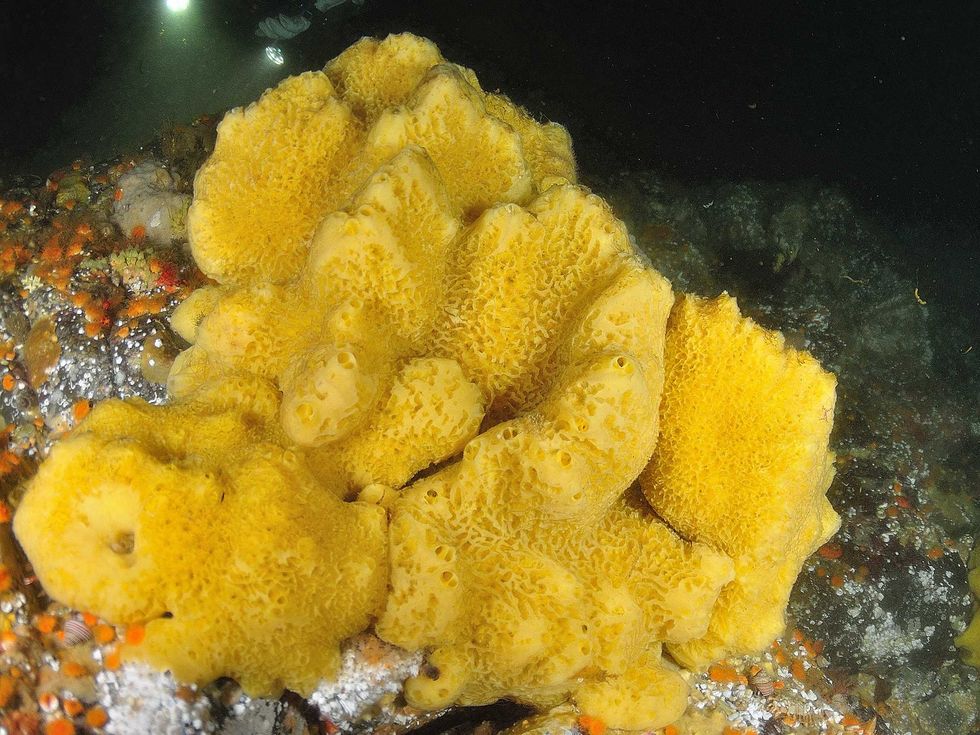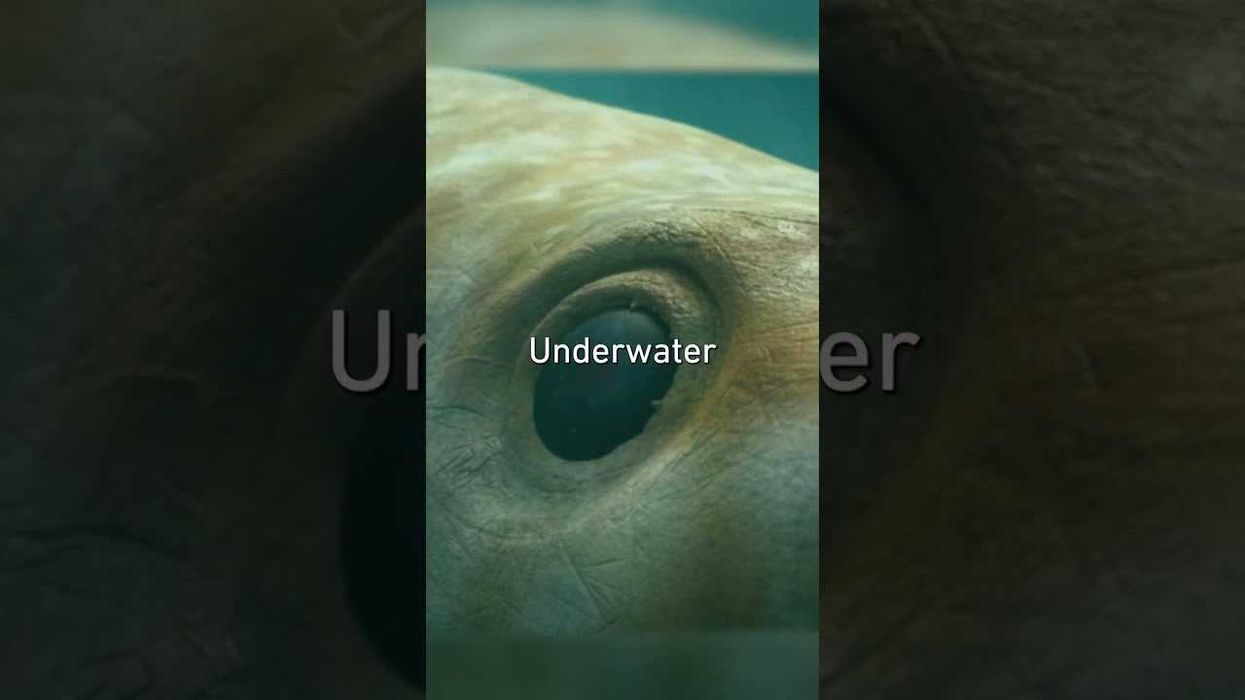Science & Tech
Ellie Abraham
Oct 07, 2025
Meet the Ancestors of the Current Dolphins #evolution
Get Factual - Vertical / VideoElephant
Experts think they may have uncovered what the first ever animal on Earth looked like after ancient chemical signals were found.
For as long as scientists have understood evolution, the debate over what the first ever animal looked like has waged on. Some theories suggest it would have been something like a modern common sea sponge, while others argue that comb jellies are the original animal ancestors.
Now, new research from a team at Massachusetts Institute of Technology (MIT) has turned the dial in favour of sponges, thanks to evidence from chemicals which suggests the animals first emerged over 541 million years ago in the Neoproterozoic era.
The researchers had to rely on chemical information due to the lack of fossils, as both jellies and sponges lack the material (think bones and cartilage) that often make up fossils.
For this reason, experts had to look in soil and sediment for chemical signs that provided evidence towards their theory about sea sponges.
“We don't know exactly what these organisms would have looked like back then, but they absolutely would have lived in the ocean, they would have been soft-bodied, and we presume they didn't have a silica skeleton,” MIT geobiologist Roger Summons explained.

It was Summons who was also involved in a piece of 2009 research that found a swathe of fossil evidence of sponge-like sterols located within Marinoan rock from Oman.
The C30 sterols are rare and found in organisms such as marine sponges and algae, suggesting that sponges were one of the earliest complex organisms.
MIT organic geochemist Lubna Shawar, lead author of the new study, which builds on the 2009 discovery, explained: “It’s very unusual to find a sterol with 30 carbons”.
The study suggests that sponges may have been the first animal on Earth and predate many other multicellular organisms.
Some critics who were sceptical and suggested that the fossils may have other origins that were either non-biological or algal, were proven wrong when Shawar and the team were able to find another chemical fossil that contains a C31 sterol, derived from the same sponge gene that makes C30 sterols.
Shawar explained: “In this study, we show how to authenticate a biomarker, verifying that a signal truly comes from life rather than contamination or non-biological chemistry.”
A simulation of the sterol fossilisation process in a lab replicating the process that happened over hundreds of millions of years in the Earth’s crust resulted in an exact match.
“It’s a combination of what’s in the rock, what’s in the sponge, and what you can make in a chemistry laboratory," Summons added. “You’ve got three supportive, mutually agreeing lines of evidence, pointing to these sponges being among the earliest animals on Earth.”
Why not read…
- Ancient rock contained crucial message for humans 12,000 years ago
- Scientists discover continent that had been missing for 375 years
- A newly found ancient language in Turkey is yielding new discoveries
Sign up for our free Indy100 weekly newsletter
Have your say in our news democracy. Click the upvote icon at the top of the page to help raise this article through the indy100 rankings
Top 100
The Conversation (0)














